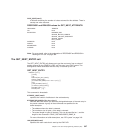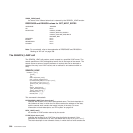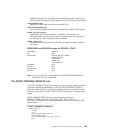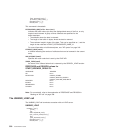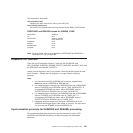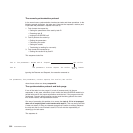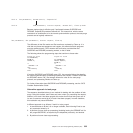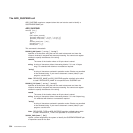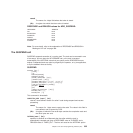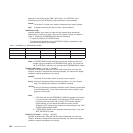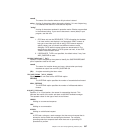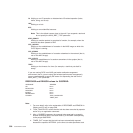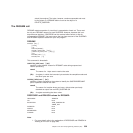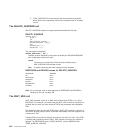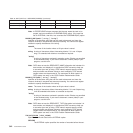
name4
The name of a 4-byte field where the token is stored
(Rn) A register into which the token value is loaded.
RESPONSE and REASON values for ADD_SUSPEND:
RESPONSE REASON
OK None
EXCEPTION None
DISASTER None
INVALID None
KERNERROR None
PURGED None
Note: For more detail, refer to the explanation of RESPONSE and REASON in
“Making an XPI call” on page 308.
The SUSPEND call
SUSPEND suspends execution of a running task. The task can be resumed in one
of two ways. You can issue the XPI RESUME call, or the task is resumed
automatically if the INTERVAL value that you specify on the DFHDSSRX macro
expires. Suspended tasks can also be purged by the operator, or by an application,
or by the deadlock time-out facility.
SUSPEND
DFHDSSRX [CALL,]
[CLEAR,]
[IN,
FUNCTION(SUSPEND),
PURGEABLE(YES|NO),
SUSPEND_TOKEN(name4 | (Rn)),
[INTERVAL(name4 | (Rn)),]
[RESOURCE_NAME(name16 | string | ’string’),]
[RESOURCE_TYPE(name8 | string | ’string’),]
[TIME_UNIT(SECOND|MILLI_SECOND),]
[WLM_WAIT_TYPE,]]
[OUT,
[COMPLETION_CODE(name1 | (Rn)),]
RESPONSE(name1 | *),
REASON(name1 | *)]
This command is threadsafe.
COMPLETION_CODE (name1 | (Rn))
returns a user-defined “reason for action” code during suspend and resume
processing.
name1
The name of a 1-byte area to receive the code. The value in this field is
user-defined, and is ignored by CICS.
(Rn) A register in which the low-order byte contains the completion code and
the other bytes are zero.
INTERVAL(name4 | (Rn))
specifies in seconds or milliseconds the time after which the task is
automatically resumed and given a RESPONSE value of ‘PURGED’ and a
REASON value of ‘TIMED_OUT’. The time unit used on the INTERVAL option
Chapter 3. The user exit programming interface (XPI) 335



